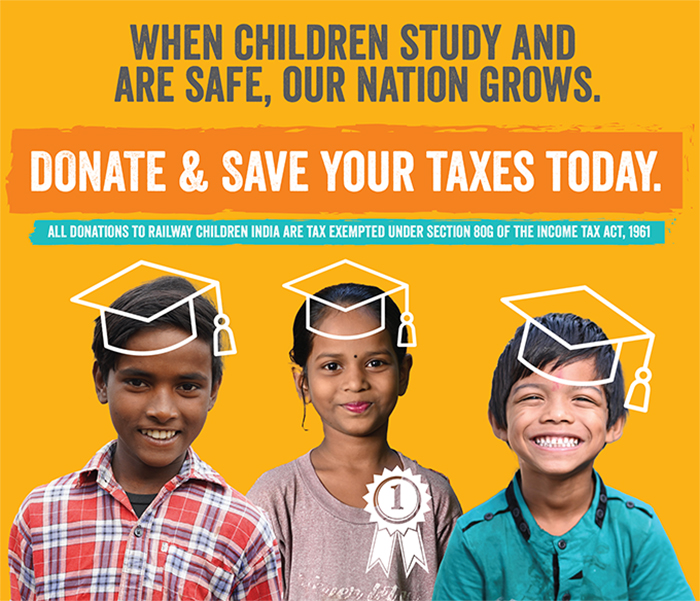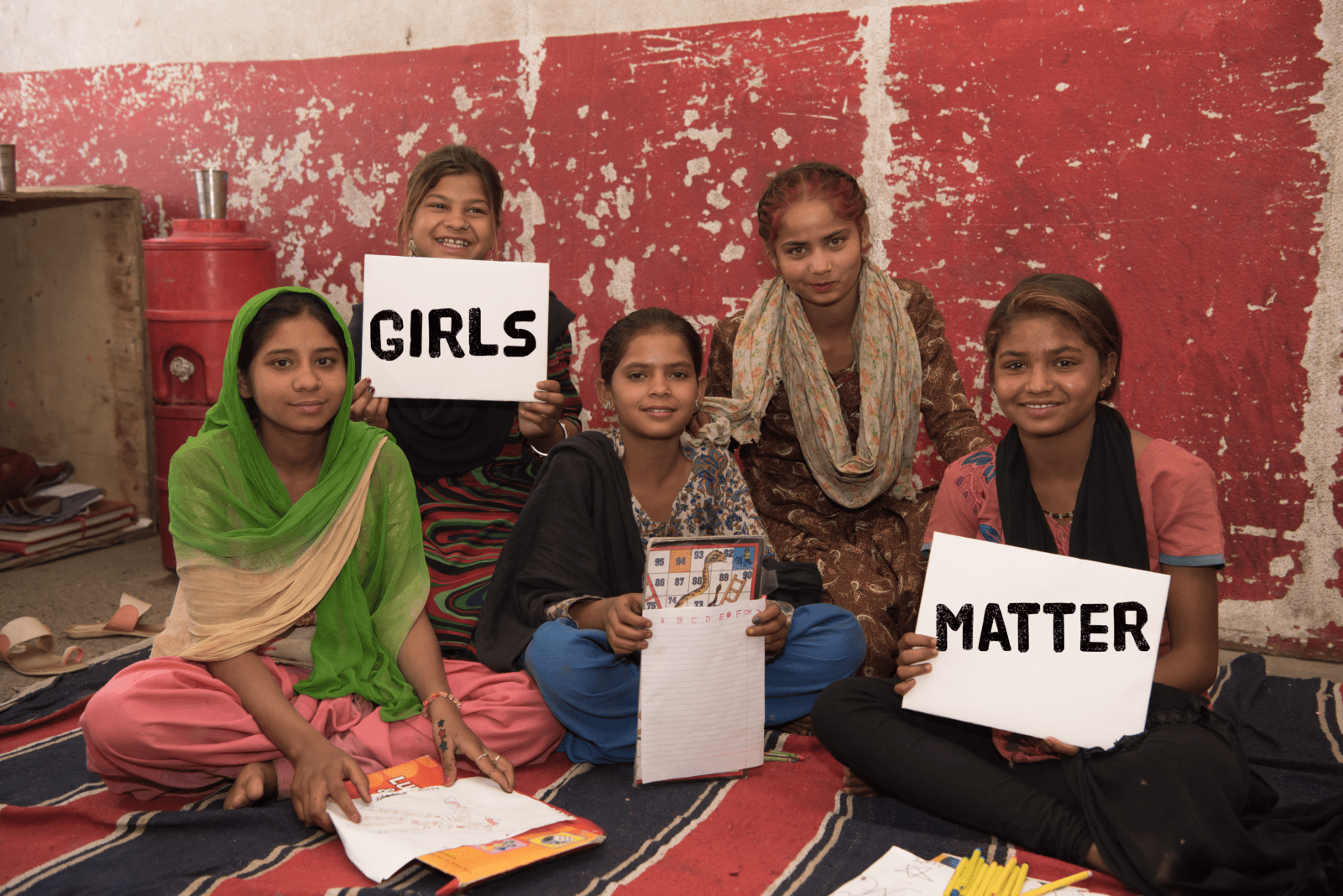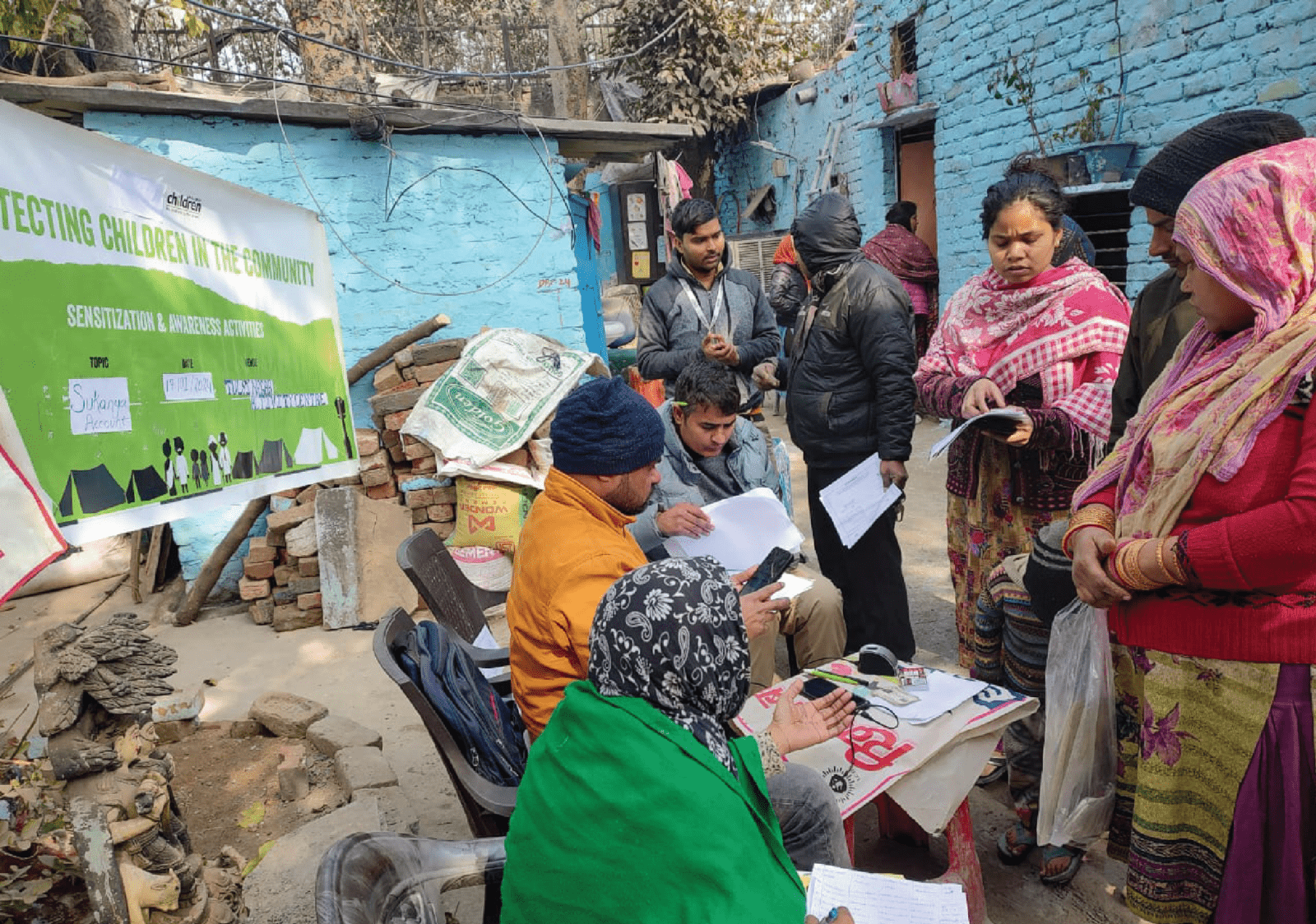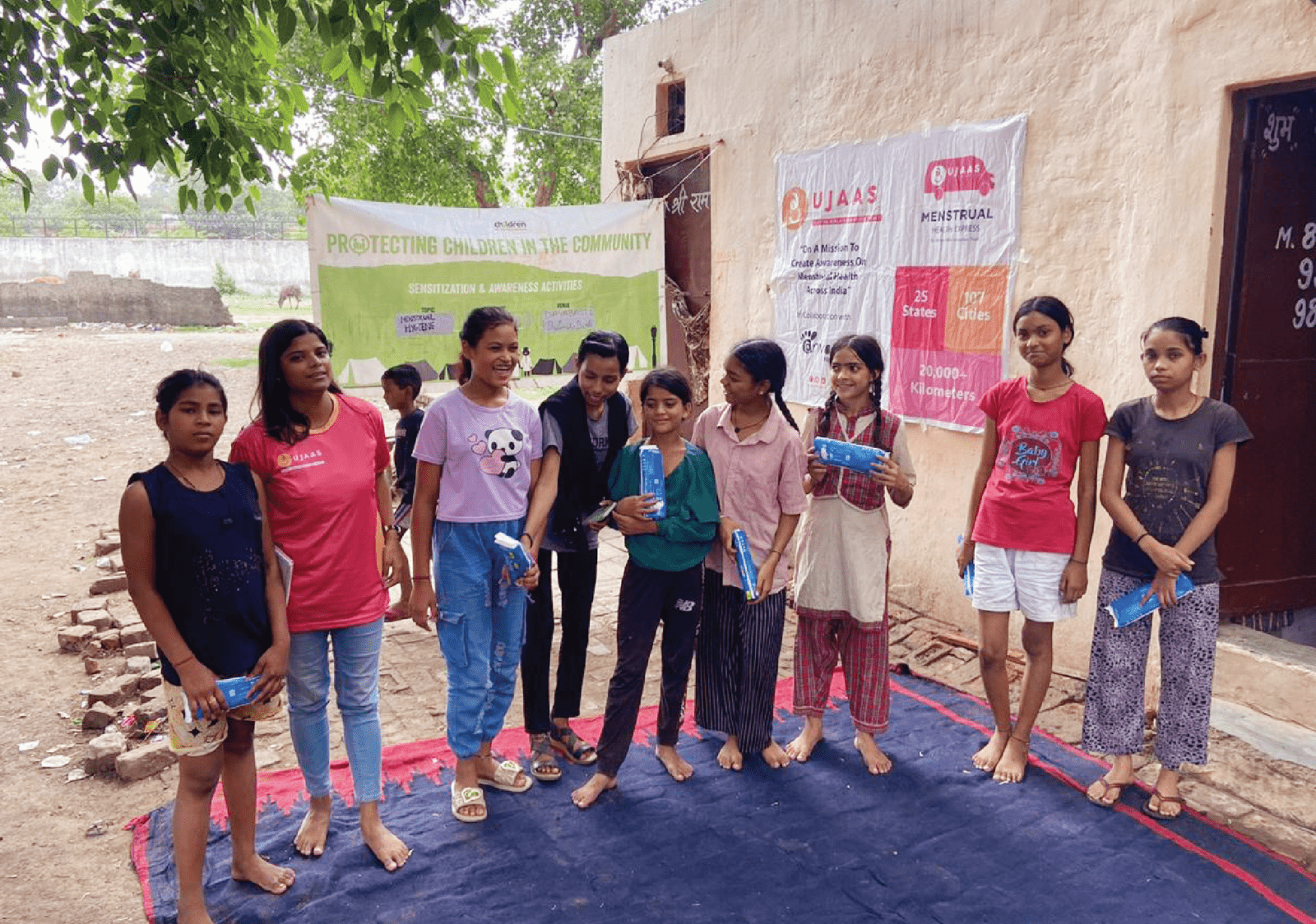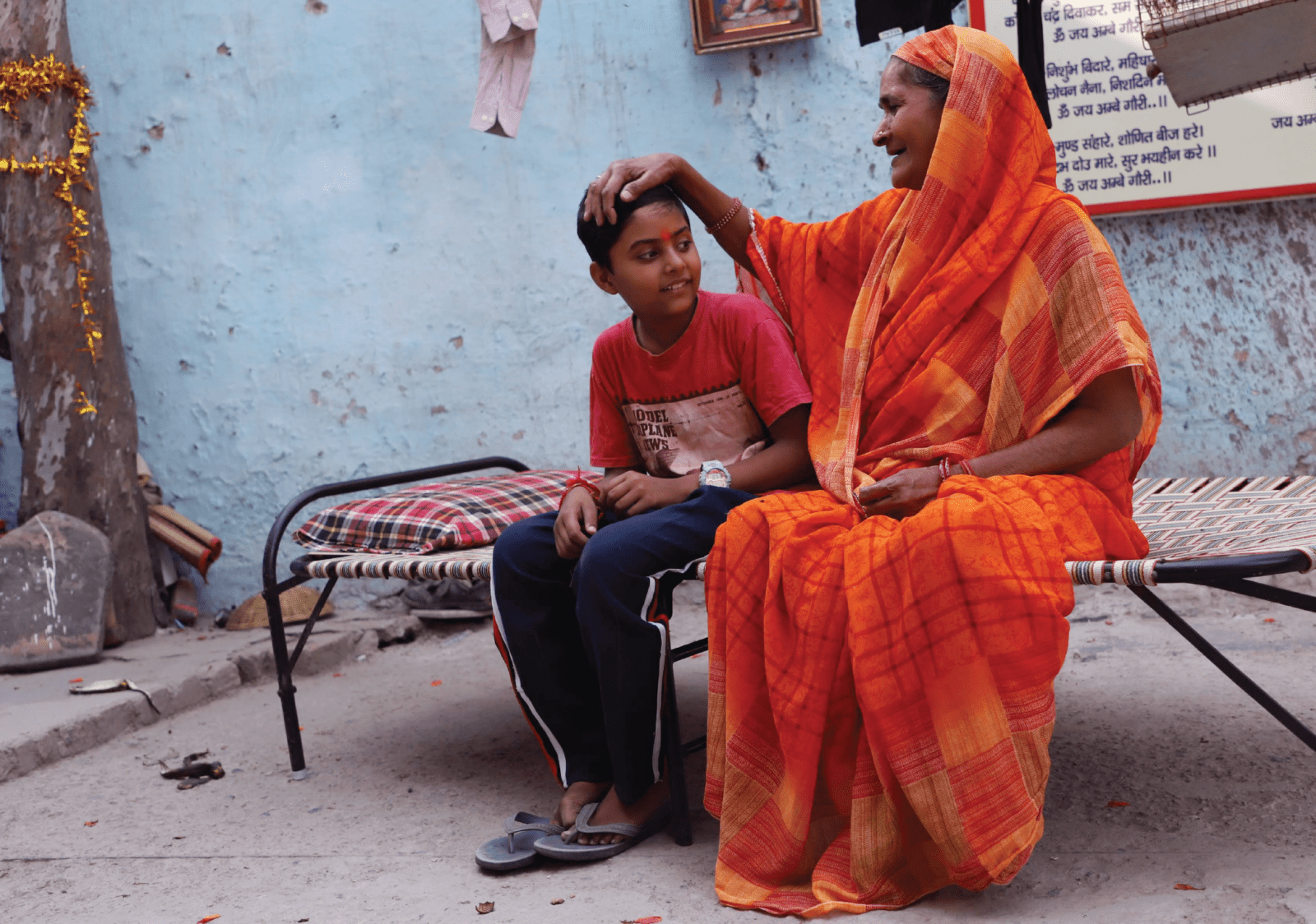National Girl Child Day is a day marked to raise awareness among the masses about the rights, issues and policies enveloping India’s girls. Initiated in the year 2008, this day has seen over a decade of celebration, studded with campaigns, statistic reveals, passing of bills and more. The 15-year milestone of this day serves as a good opportunity to take a look at how the rights of girls have progressed over time and what remains to be achieved.
EDUCATION
With focused policies, widespread awareness and open communication with communities, India has seen improvement in the status of girls’ education over the decade. While the bygone time spelled doom for girls with social evils such as child marriage, child labour and human trafficking, an improving economy allowed many low-income families to step out of the poverty cycle and secure their daughters’ right to education. As was expected of the new age, easy access to the internet made learning easier for many students in small towns. However, long-standing issues such as the hush-hush nature of dialogue around menstruation, digital disparity and increasing cybercrimes continue to hinder their academic growth.
CHILD MARRIAGE
As per the fifth round of the National Family Health Survey (NFHS), the cases of child marriage have seen a reduction from 47.4% in 2005–06 to 26.8% in 2015–16. With this, India’s performance in reducing the cases of child marriages is regarded as the strongest in all of South Asia. Yet, India remains home to the highest number of child brides globally, i.e., one in three of the world’s child brides are in India.
During the pandemic, this number is believed to have further skyrocketed owing to the numerous financial challenges faced by the underprivileged.
As per this insightful report by UNICEF India, if our country were to achieve the target of eliminating child marriage by 2030, we will need to accelerate our progress and measures by four times. Given the vast ground to cover, there remains tremendous scope and dire need for reform in reducing child marriage.
EARLY PREGNANCIES
A natural, yet unwanted extension of the former issue is early pregnancies. According to the NFHSs across the years, teenage pregnancies have reduced nationally. However, in certain states, such as Tripura, and Union Territories, such as Lakshadweep, have seen an unprecedented spike in cases. While such spikes can been attributed to numerous factors, a debilitating economic condition is the leading cause.
Taboo surrounding sex education in social environments like school is a cause that continues to impact improvement in this sphere. This gap is particularly concerning in today’s age when teenagers have unbounded access to internet and social media platforms, where geographical boundaries blur and hasty decisions are made.
FEMALE GENITAL MUTILATION
This under explored subject is not restricted to the underbellies of rural regions or a bygone era. This brutal practice robs girls of their dignity. The regressive practice is immensely painful for the girls who are forced to undergo; however, what remains the most shocking for girls is the fact that women they trust, such as their mothers and aunts, are those who betray them and violate their physical being.
This heinous practice and its indelible link with India recently came in the spotlight during the 41st Universal Periodic Review in Geneva, where India was recommended to tackle the inhumane practice and its spread at the earliest.
MENSTRUAL HYGIENE
When compared to the years 2015-16 (57.6%), the use of hygienic menstrual products has seen a steady rise till 2019-21 (77.6%). The good news extends with the rise being seen in economically disadvantaged communities, hinting at a reduced gap in use of menstrual hygiene products between rural and urban regions. Reflecting the change and even promoting more of it is the welcome chatter about the subject in pop culture.
Like with many issues, however, this issue too saw an unfortunate resurgence during the pandemic when access to basic health and sanitation was limited.
EMERGENCE OF GIRLS AS LEADERS & CHANGE MAKERS
This positive change has engulfed the world and India in equal measure. Over the past decade and a half, more and more girls are taking the mantle and vocalizing their issues pertaining to their wellbeing and that of the country as well. Across India’s rural and urban landscape, adolescent girls are owning both the physical and virtual spaces to shine a spotlight on myriad issues, right from gender equality to climate change.
This gradual rise is a remarkable outcome to have risen from the focused efforts of the government to bring the targets of National Girl Child Day to fruition.


